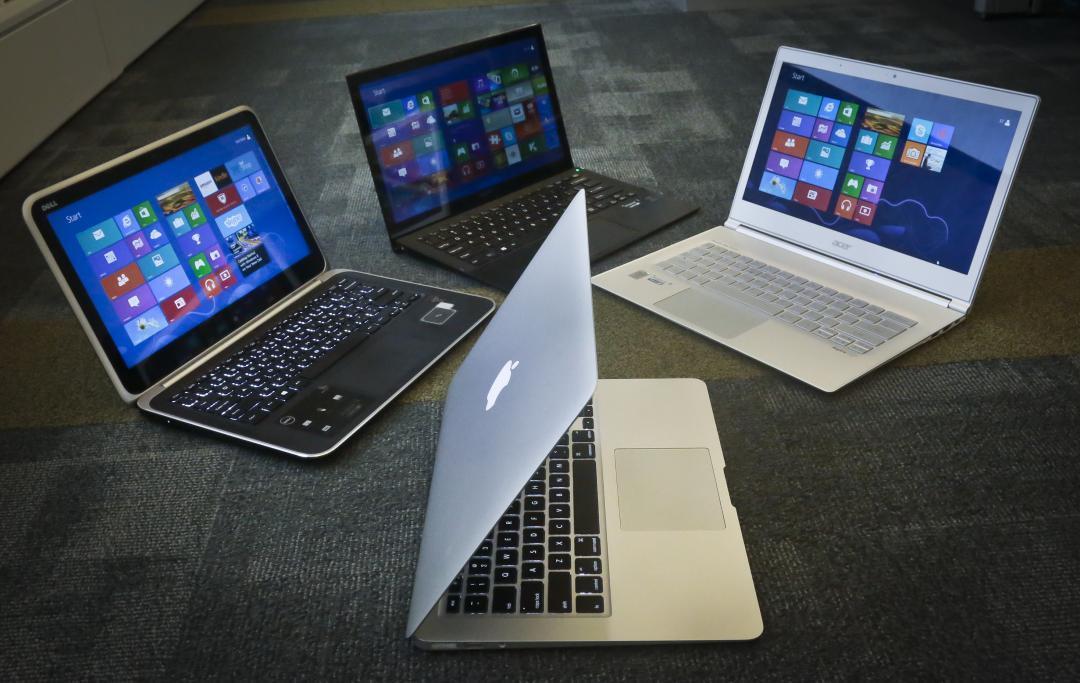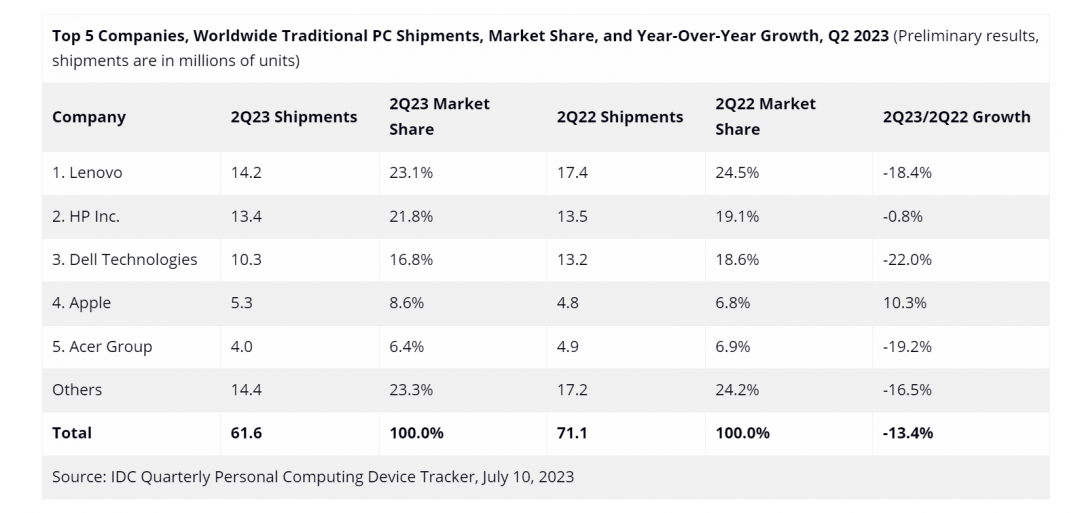Acer筆電收購 收購ASUS筆電 收購ROG電競筆電 收購ACER筆電 收購Msi電競筆電 收購微軟SURF 看全文

我們專業經營各項3C高價回收,收購電競筆電,文書筆電,輕薄筆 電,MSI,ASUS,ACER,HP,Razer,GIGABYBE,Microsoft,,多通路多管道,非坊間垃圾回收價,價格不怕您比較,歡迎企業戶汰舊換新,續約販賣,分期換現,電競筆電, 二手汰舊,手機,筆電,相機,鏡頭,空拍機
acer筆電收購
I have met many an acer筆電收購acer Aspire 5 in my day. They’ve ranged from outstanding to not very good and everything in between. So I was excited to test the latest 12th Gen Core i5 Aspire to see where it fell on that spectrum. I spent a day, morning to night, using it for every task. And, like many things, it ended up falling somewhere in the middle.
This year’s Aspire 5 displays some welcome improvements over previous iterations I’ve tested and a few bonus features that you don’t always see at this price point. It also has a couple of noteworthy compromises. The day, overall, was decidedly… okay, with some issues.
One note before we jump in: my 15.6-inch test unit, which also includes 16GB of memory and 512GB of storage, has an MSRP of $699. I’m seeing it sold out everywhere I look as of this writing. I have on good authority that it’s often priced down to $599 when it is in stock, and I’m also seeing a similar model with a slightly upgraded Core i7 processor currently priced at $599 at B&H. I’ll be considering this model’s price to be $699 for the purposes of this review since that’s what acer筆電收購acer gave me — but $599 is currently where some similar models can be found.
I opened up the laptop, fully charged, at 9AM. The first thing I noticed was that the chassis was nicer than I’d expected. Previous Aspire 5 models have had a boring laptop-cart look to them, but this one has a solid magnesium-aluminum lid with a bit of a shine to it. It looks a bit like something you’d see on acer筆電收購acer’s more expensive Swift 5 line. The keyboard deck has gotten sleeker as well (though it’s missing the fancy accents you’d see on a Swift). And there’s a numpad — a bit of a small numpad but a numpad nonetheless.
I had a video call first thing in the morning, followed by some music listening. That was my second impression of this Aspire 5 — the downward-firing speakers are bad. The quality of the sound itself was clear and distortion-free, but the volume was so low that I was having trouble making out some of what people on my call were saying, even at 100 percent.
I am usually committed to reviewing devices in their out-of-the-box settings, but it was clear here that the speakers weren’t going to cut it for the full day. So I ended up downloading a software called FX Sound that allows you to adjust EQ and apply other audio effects. This only took a few minutes, and it didn’t make the speakers sound great, but it made a noticeable improvement.
Much of the rest of the work day was spent doing various things employed grown-ups do in Chrome. I jumped around between a dozen Chrome tabs, doing some writing, reading, spreadsheeting, and research. There was no slowdown from the Aspire 5 (which, with a Core i5-1235U, 16GB of RAM, and 512GB of storage, really shouldn’t be slowing down under any web-based workload). I do really miss the AMD-powered Aspire 5s of years past, which were lightning fast, but this Intel configuration was certainly adequate. I heard on-and-off fan noise throughout, but nothing that was a distraction.
My only other note is that the fingerprint reader was somewhat unreliable, often stumbling on its first attempt to authenticate me before letting me through on the second one. (The fact that there is a fingerprint reader at all is, of course, nice.)
The real issue I ran into was battery life. I started the day at 9AM, and the Aspire died around 12:45PM — after three hours and 45 minutes. That, needless to say, is an amount of time I don’t love. It’s an even shorter lifespan than I saw from the Aspire Vero, the last Aspire I reviewed in 2022, and it’s dwarfed by the lifespan of some 11th Gen Intel budget laptops that you can currently get for less than half of this price, such as the Gateway 14 that I reviewed a few weeks ago. It means I’d need to keep this laptop plugged in for a solid chunk of every day if I were to use it as my daily driver. The charger is fairly small and not a problem to carry, but constantly needing to be near a free outlet is just a whole extra thing to worry about when you’re out and about with a computer.
After work, I settled down to catch up on the latest season of Billions. (I’m still not done, so please don’t spoil it for me.) The 16:9 display (my least favorite aspect ratio, and one that has really fallen out of fashion in the past few years) hadn’t been my favorite shape to work on, feeling more cramped for multitasking than the 16:10 and 3:2 panels that I prefer, but the wide berth is nice for TV watching in particular.
Colors looked alright to me on the 1920 x 1080 screen (covering just 63 percent of the sRGB gamut and 47 percent of AdobeRGB), but it was fairly dim. I had it at close to maximum brightness while watching TV indoors in my not-very-bright apartment and would not even want to attempt using it outside. In testing, the device reached a maximum of 246 nits, which is one of the lowest levels of brightness I’ve seen from a laptop this year.
A screen that dim would be disqualifying for a thousand-dollar device; at the Aspire’s $700 price point, it’s something to be very aware of. That goes, too, for the battery life, which I recognize isn’t everyone’s priority.
Still, laptops, by nature, are not meant to live indoors on desks. And I worry that while each of these two factors on their own — the battery life and the brightness — might be enough to overlook at a sub-$1,000 price, in tandem, they significantly mitigate the portability and versatility of this computer. That’s especially true when you can buy laptops at this price point (or even cheaper) with a longer lifespan.
That puts the Aspire 5 in an odd spot where it doesn’t seem quite affordable enough to be a solid budget option and not excellent enough to compete with the best midrange Windows machines. My suggestion, if you’re interested in this package, is to see if you can find a model on sale for $500 or so.
If you don’t want to play that waiting game, you can currently find Aspire Vero models priced well below the $500 mark — and they offer a fairly similar package to this system, including the same processor. Those who can deal with a smaller screen should check out the Gateway 14 (the very blue, cow-spotted computer I’ve been recommending to anyone who will listen since I reviewed it). Those who might be down for Chrome OS will have a good 15-inch experience with the similarly-priced Asus Chromebook CX5, which also provides excellent battery life, better audio, and a rock-solid chassis. It even has a numpad.
 (圖/美聯社)
(圖/美聯社)
根據研調機構 IDC 報告指出,全球 PC(桌電、筆電、工作站)出貨量連續六季下滑,2023 年第二季更比去年同期衰退 13%,市場表現疲軟,前五大品牌僅有蘋果一家逆勢成長,並超越 acer筆電收購acer 站上第四名。
IDC 指出,由於市場需求減緩,使的產品庫存時間比預期更長,幾乎沒有任何一家業者難逃逆勢。2023 年第二季,五大品牌只有蘋果保持 10.3% 的同期增長,出貨市佔率來到 8.6%、總共 530 萬台,超車 acer筆電收購acer 往前一步成為全球第四大品牌,其餘品牌都是全面下探。
HP 是相對表現最優異的,僅微幅減少 0.8%,仍以單季 1340 萬台的出貨量、21.8% 市佔率名列第二名。其餘第一名的 Lenovo(市佔 23.1%)、第三名 Dell(16.8%)與第五 acer筆電收購acer(6.4%)都面臨 18-22% 之間的大幅衰退。
 (圖/翻攝IDC)
(圖/翻攝IDC)
IDC 客戶設備追蹤副總裁 Ryan Reith 表示,PC 產業正面臨巨大挑戰,沒有人想看到 2020、2021 疫情期間的缺貨問題,同時卻有諸多品牌不願意瞄準市場的反彈一搏,認為消費者正在回歸疫情前的使用習慣,會更偏愛智慧手機而非 PC,且大量裁員、生程式 AI 等發展,也影響品牌們的預算。
acer筆電收購 acer筆電收購